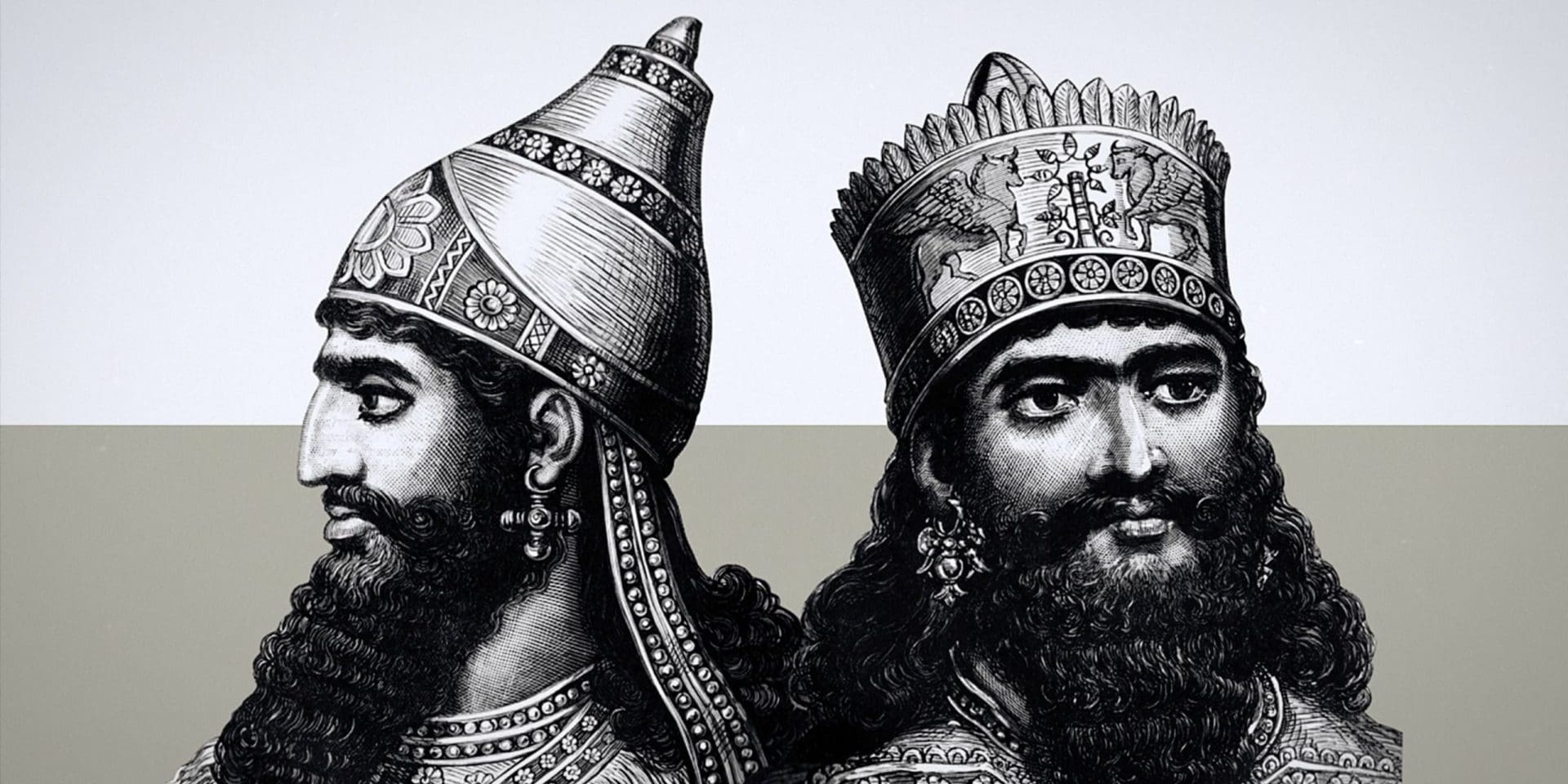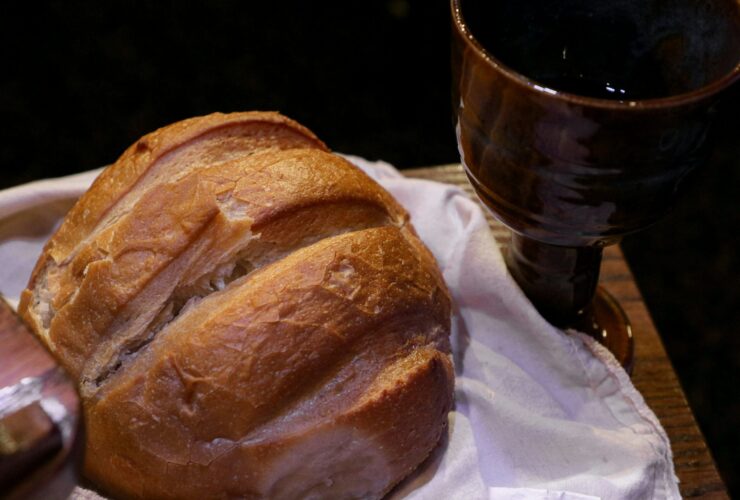The Bible’s portrayal of the Neo-Babylonian king Nebuchadnezzar is an interesting one. From the perspective of the people living in Judah and Jerusalem, he was a fearsome and war-savvy enemy to whom the prophets of God said they must bow, one way or the other.
To the first wave of noble exiles that were trained in his courts, Nebuchadnezzar was their new king, and he is portrayed in ways that demonstrate his pride, anger, and eventually, how he was humbled with a bought of what would be today labelled as a mental illness. The Bible also mentions Nebuchadnezzar’s Babylonian building projects specifically as a source of pride for the ancient king.
In history recorded outside of the Bible, we see a similar picture emerge, with even more details. Nebuchadnezzar II was the son of Nabopolassar: With military might and strong alliances, these two men led Babylon to decisive military victories over the dominant Assyrian Empire. Eventually they completely destabilized it, defeating its leaders, and taking its place as the new world power of the ancient Near East. When Nebuchadnezzar took the throne (604-561 BC), he solidified his power by crushing any rebellions, and taking his place as the shepherd of the city of Babylon. This meant that he launched huge building campaigns, funded no doubt by the spoils of his warfare, and the city of Babylon became a major project.
“Is not this great Babylon, which I have built by my mighty power as a royal residence and for the glory of my majesty?”
Nebuchadnezzar (Daniel 4:30)
Babylon’s main deities were Marduk and Nebo, and one of Nebuchadnezzar’s finest building achievements was the rebuilding and refurnishing of their temple structures. He restored the great ziggurat of Babylon (Etemenanki) that is often associated with the Tower of Babel, and he rebuilt the temple of Marduk (Esagila). Nebubchadnezzar also fixed the canal of the Euphrates that passed through the city, and a large processional bridge to facilitate the yearly festival and procession (zak-muku) celebrating Marduk’s victory and order. Nebuchadnezzar built the inner and outer walls of Babylon, his large palace and various temples, shrines, idols, and public buildings. This is the background for his boast of being Babylon’s creator recorded in Daniel 4 (Dan. 4:28-30).
Also notable are the many inscriptions that Nebuchadnezzar left behind. Many are dedication inscriptions that he always seems to have ended with prayers. His prayers are noteworthy for his purposeful humble approach: a king who owes all of his success to Marduk and the gods; a worshipper who wants peace, protection from enemies, and to serve the god he’s addressing at that time (i.e., kathenotheism). Interestingly, Nebuchadnezzar II founded what may rightly be called the world’s first museum. In a wing of his palace, he displayed artifacts from captured nations, objects excavated from ancient civilizations, inscriptions, statues, and some of his own commissioned work. He opened this collection to be viewed by the public. It testified to all of his supposed worthiness to protect and rule humanity.

Corie Bobechko is a daily co-host, speaker, and writer of Bible Discovery. She also hosts a YouTube channel that shows how history and archaeology prove the Bible. Her heart for seekers and skeptics has led her to seek truth and share it with others. Corie also has a Bachelor of Theology from Canada Christian College.
• Casson, Lionel. “The World’s First Museum and the World’s First Archaeologists,” Biblical Archaeology Review 5.1 (1979): 32.
• Robert Francis Harper. Nebuchadnezzar, King of Babylon (604-561 B. C.) The Biblical World , Jul., 1899, Vol. 14, No. 1 (Jul., 1899), pp. 2-12






